How To Get Rid Of Milia
Milia are tiny white cysts that can show up on the face. They are very common and affect young babies more often than older children and adults. Due to their prevalence in infants, milia is sometimes referred to as baby acne. Milia are caused by a buildup of keratin under the skin. They can sometimes cause irritation, and most individuals dislike them for aesthetic reasons. While a young baby with milia likely will not be concerned with looks, adults who get milia may be embarrassed by the rough appearance of their skin. Luckily, there are many effective treatment options to get rid of milia. Learn about them now!
Diathermy
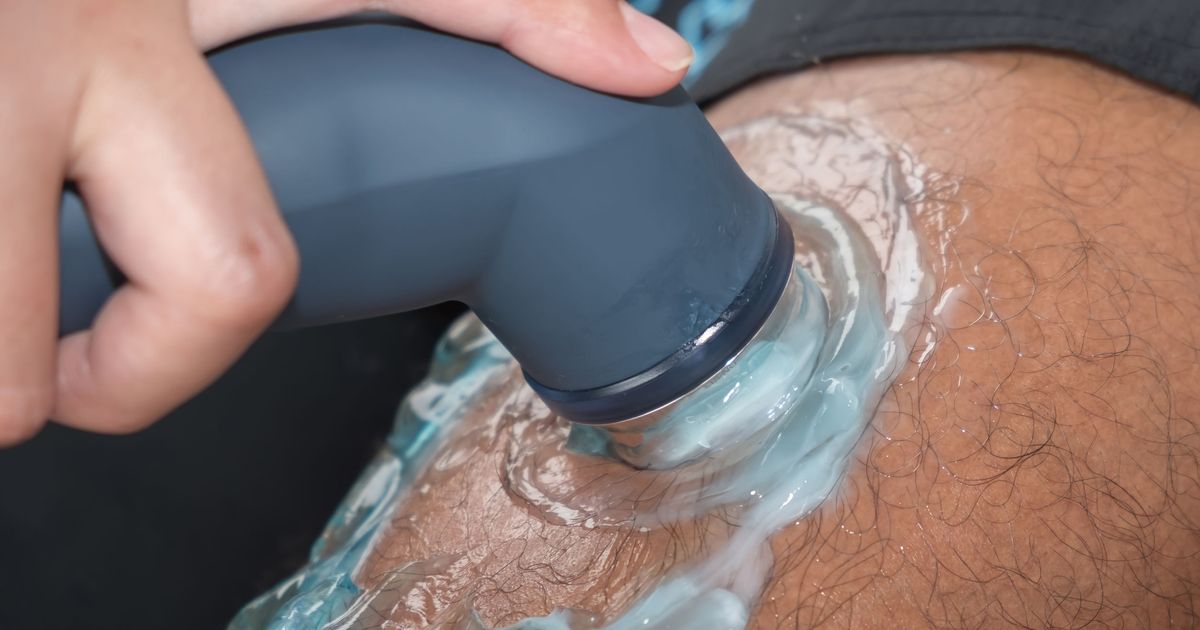
Diathermy is a type of electrical therapy used to get rid of milia. This therapy is often used to treat problems in the joints and muscles as well. It works by causing the body to produce heat wherever the electricity is touching, and with the heat comes improved blood flow. This helps the body heal the skin. There are several different types including shortwave, microwave, and ultrasound diathermy. The microwave type is the most useful for treating milia because it affects tissues near the surface of the skin. The other types are more useful for deeper problems in the muscles and joints.
Keep reading to learn about more methods of treating milia now.
Destruction Curettage
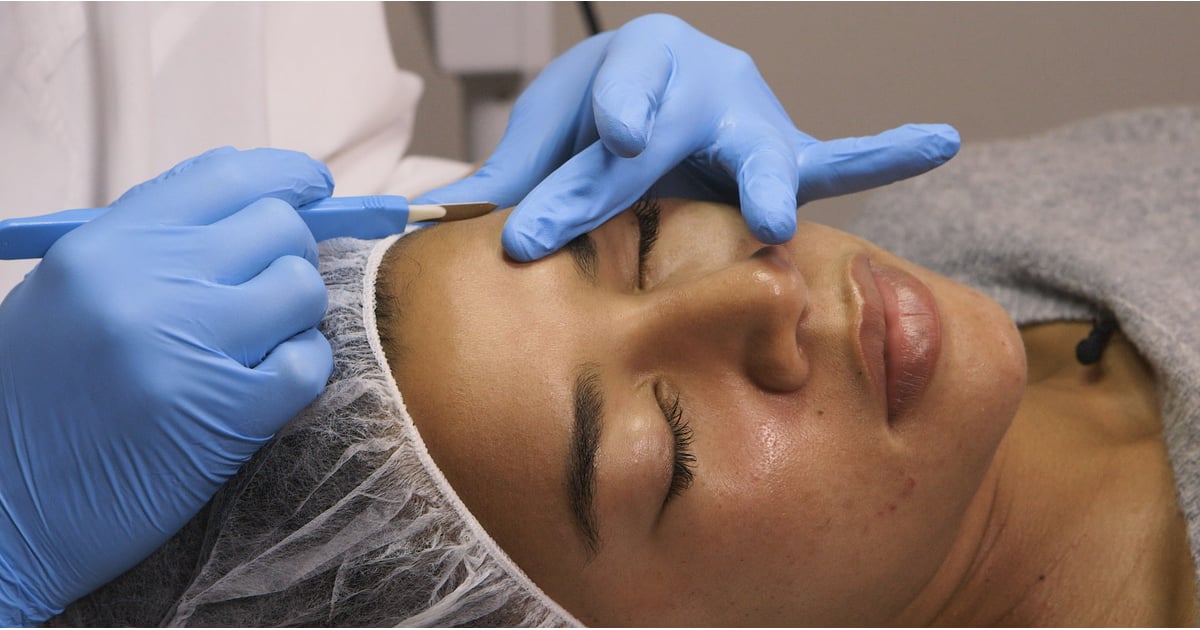
Destruction curettage is a procedure in which a doctor uses a curette to scrape off bits of skin and then uses electrodesiccation to dehydrate the remaining tissue. A curette is a small, sharp surgical tool used for scraping. Destruction curettage is often used to treat skin cancer by removing the affected skin. However, it can also be useful for severe cases of milia; the surgeon takes a curette and scrapes off the bumps on the skin. New skin that is smooth and milia-free will grow in the place of the skin that has been removed.
Understand more options for the effective treatment of milia now.
Cryotherapy
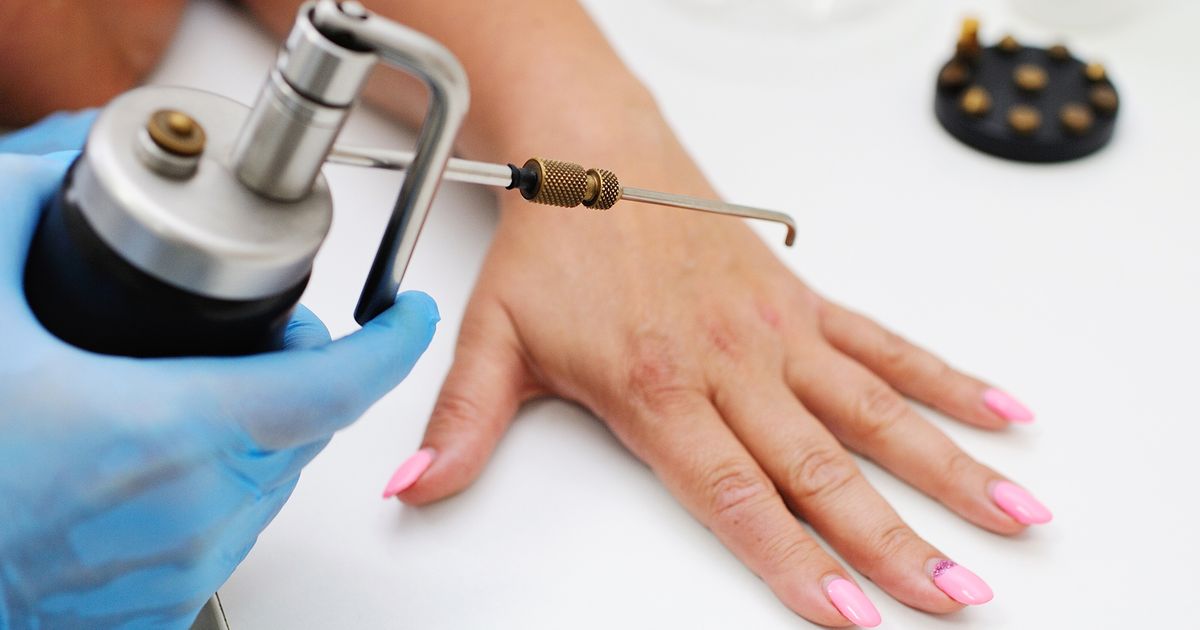
Cryotherapy is a very useful method for treating pain and skin conditions. It works by freezing the skin and causing the skin cells to die. It usually involves the insertion of a probe by a dermatologist into the skin. This probe contains liquid nitrogen, which is used to freeze the skin cells. Another method is to use a cotton ball with liquid nitrogen on it. The dermatologist places the cotton ball directly on the affected skin. This treatment gets rid of milia by essentially freezing them off. Cryotherapy has some side effects, namely discomfort at the freezing site. Many doctors have local anesthetic on hand they can administer before the procedure. Patients should be sure to ask about this if they are worried about the treatment causing pain or discomfort. The whole procedure lasts only a few minutes at most.
Uncover more details on treating milia now.
Topical Retinoids

Retinoids are a common treatment for acne that can be taken orally or topically. Topical retinoids can slow the proliferation of skin cells, and they can also stop pores from getting clogged with keratin. Due to these two features, retinoids are ideal for treating milia. Some retinoid products are available over-the-counter, but prescription retinoids are more powerful and more trustworthy. It is important to note topical retinoids can cause the skin to be more sensitive to sunlight. This means individuals who use a retinoid cream must be extra careful to use sunscreen whenever they go outside and should try to stay inside as much as possible. Retinoids can also cause the skin to become dry and itchy; using a daily moisturizer should help with this.
Continue reading for more tips on how to get rid of milia now.
Laser Ablation

Laser ablation is a procedure used to smooth a patient's skin. It is often used to get rid of acne scars, but it can be used to get rid of milia as well. As with retinoids, laser treatment makes the skin more prone to sun damage. Therefore, after getting this treatment, patients should stay indoors as much as possible and use sunscreen if they do go outside. The increased sensitivity to the sun can last for as long as a year. Laser ablation can be painful for some patients, but many doctors provide local anesthetic upon request. Before getting an ablation, it is important to research doctors to find one who is highly qualified and has good reviews. Laser treatment can cause serious damage if it is done by someone who is not an expert.
Read more about how to get rid of milia now.
Chemical Peels
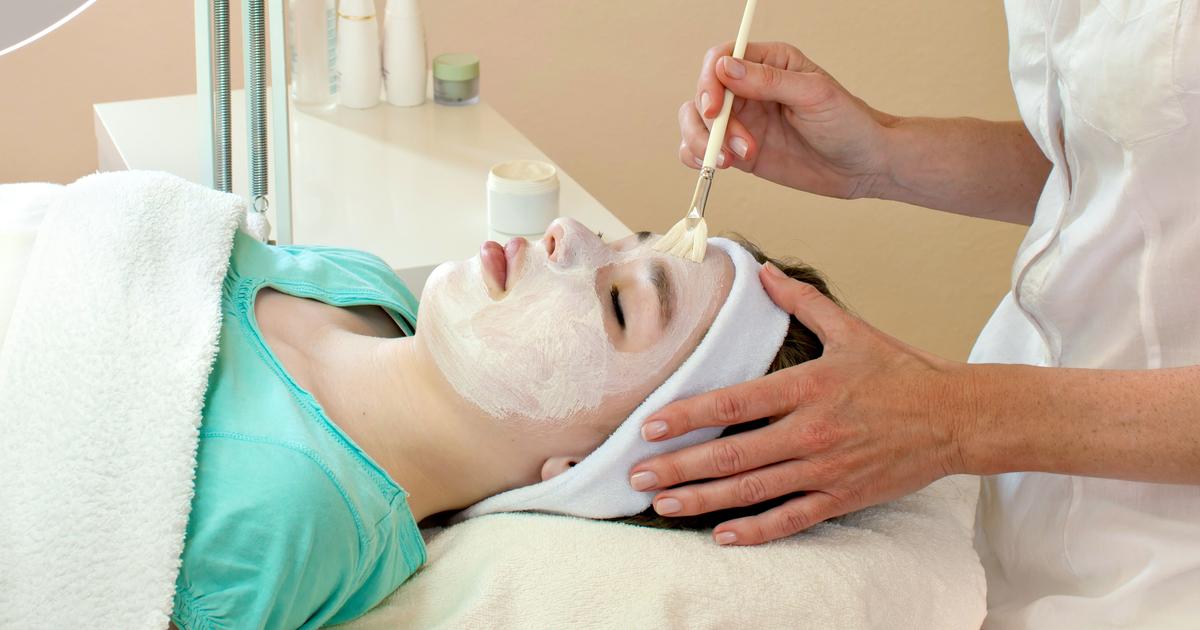
Chemical peels use a variety of acids to resurface the skin by gently removing its top layer. Light, medium, and deep peels are available, and they can be tailored to the patient's individual skin concerns. Medium and deep chemical peels are normally performed by a plastic surgeon or dermatologist, and lighter, superficial peels can be carried out by nurses or aestheticians. Some patients may choose to have superficial peels every four weeks to address their skin issues. Vitamin C, salicylic acid, lactic acid, alpha hydroxy acid, and trichloroacetic acid are a few of the ingredients frequently used for chemical peels. After the chemicals are applied to the skin, the uppermost skin layer will begin slowly peeling, and this may cause a burning sensation and discomfort. Peeling typically starts within twenty minutes of finishing the chemical peel procedure, and it can last up to seven days for a superficial or medium peel. If a deep chemical peel is performed, peeling may continue for two weeks. Patients who have had deep peels need to wait at least six to twelve months before having another one.
Uncover more options for treating milia now.
Deroofing
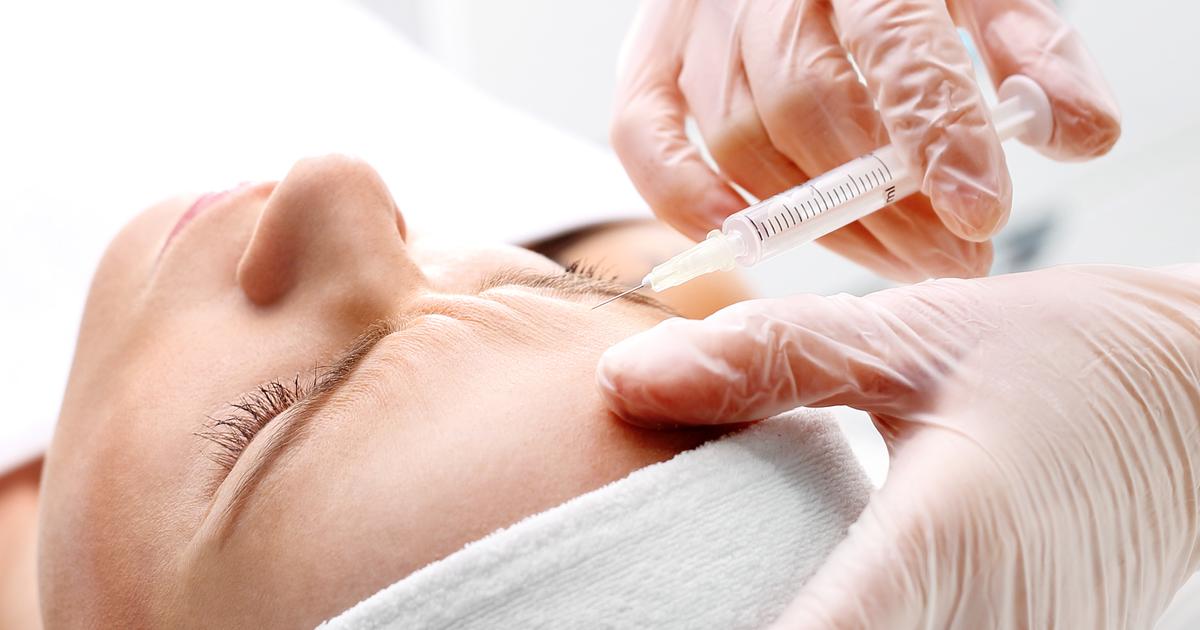
Deroofing is a procedure in which a sterile needle is used to remove the contents of the milia cysts. The procedure is performed under local anesthetic, and it can be completed in a doctor's office. Normally, electrosurgical tools are used for deroofing, and only the roof of the cyst is removed. The physician may explore the rest of the lesion during the procedure. Patients who have deroofing may experience minor bleeding after the operation. Since milia cysts may sometimes recur, patients who are considering deroofing should ask their physician about the likelihood of needing additional deroofing procedures. For the best results, this operation should be performed by a dermatologist or a plastic surgeon. Patients should let their surgeon know about any allergies before the procedure, and they should ask about potential risks and recovery time prior to the deroofing.
Keep reading for more options to treat milia now.
Gently Exfoliate The Affected Area

Patients who want to try home remedies for milia could attempt to gently exfoliate the affected area. Like chemical peels, exfoliation removes dead skin and encourages cell turnover. Exfoliation can be safely performed at home two or three times a week, and patients with sensitive skin may wish to try exfoliation once a week at first, gradually building up to two or three times per week. Scrubs, brushes, and enzyme peels are all useful for exfoliation, and patients might need to try several options to find those that work best for their needs. Sugar and salt scrubs are gentle enough to be used for all skin types, and patients could even make their own homemade versions of these so they are extra gentle. Many electronic facial brushes are available at beauty stores, and these could be especially beneficial when exfoliating to remove milia. While some enzyme peels might be too harsh for patients with milia, individuals interested in using these can consult with a dermatologist about at-home peels that would be appropriate.
Learn more about treatments available for getting rid of milia now.
Use Paraben-Free Skincare Products

Patients who have milia need to avoid products that could potentially cause further skin irritation. For this reason, many dermatologists are now recommending that patients with skin concerns such as milia use paraben-free skincare products. Studies have shown parabens are a significant cause of contact dermatitis and other allergic reactions of the skin, and they can also make the skin dry and itchy. In some cases, exposing the skin to parabens could even cause localized swelling. The majority of organic, cruelty-free products are free of parabens, and many new cosmetics companies now specialize in skincare items made of food-grade ingredients, including fruits and vegetables. Some patients have observed switching to a natural skincare line has improved their skin. Individuals interested in purchasing natural products should always read the full ingredients list prior to making a purchase, and it can be beneficial to patch test the new product on a small area of healthy skin before applying it to a larger area; this helps prevent potential adverse reactions.
Discover additional treatments for milia now.
Consider Oral Antibiotics

Patients who have persistent milia that won't respond to topical or localized treatments may need to consider oral antibiotics. These medicines are prescribed by a physician in cases where the milia could be related to a bacterial infection. To determine whether antibiotics will benefit the patient, the physician will examine the patient's skin for signs of infection, including pus, honey-colored crusts, and excessive warmth or redness. Antibiotics may also be indicated if the patient has a fever or a high white blood cell count. To prevent antibiotic resistance, doctors will typically prescribe a short course of antibiotics, and patients will need to ensure they take the full course of medication as prescribed. Some of the most commonly used antibiotics for skin conditions are tetracycline, erythromycin, and dicloxacillin. Patients taking these medications should be aware of potential side effects. For example, tetracycline could cause headaches, mouth sores, a sore throat, diarrhea, and dizziness. Individuals using erythromycin might experience fatigue, blurry vision, muscle weakness, and liver issues. Patients should inform their healthcare team promptly if they observe any troublesome or unusual side effects.